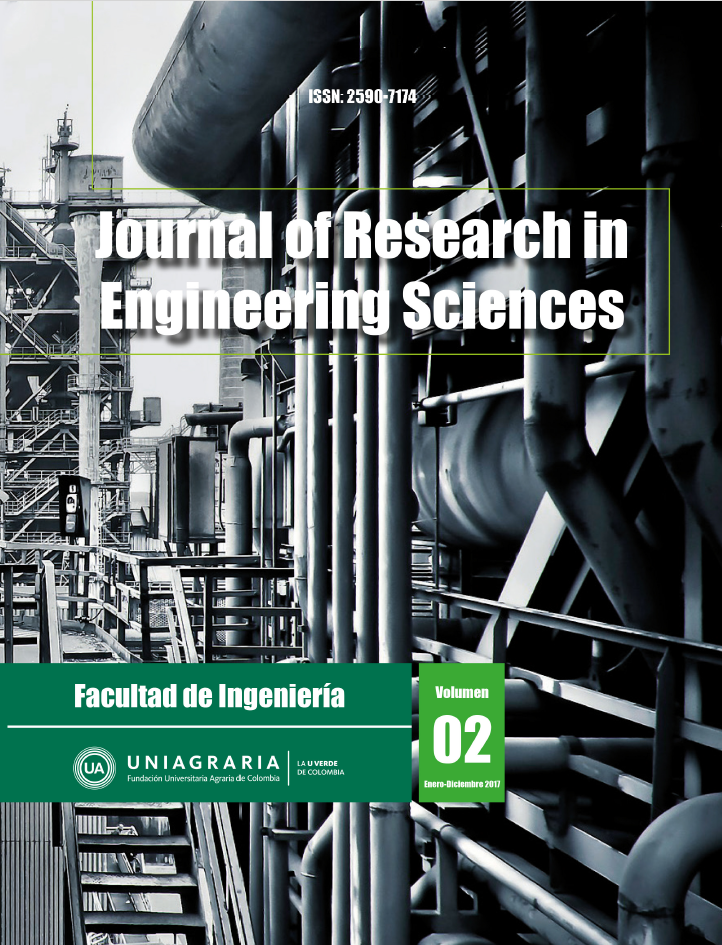Abstract
Porcine production is carried out in small farms, as a complement to other agricultural activities with low productive and reproductive parameters, where animal feeding represents about 80 % of the costs. Quinoa has several agro-industrial by-products such as stem, brushwood, perigon and leaves. These materials are easy to acquire that offer an alternative of agro-industrial use in the feeding of porcines in fattening stage in order to lower production costs. The objective of this work was to evaluate the response of four formulations of quinoa by-products in pellets taking into account the nutritional composition of those by-products and the requirements of the animal in the fattening stage. The physicochemical characteristics analyzed of the byproducts of quinoa were moisture, ash, fat and crude fiber. Once the nutritional composition of the raw materials were obtained, the different formulations were elaborated, to which the previously mentioned characteristics were evaluated, as well as mechanical stress tests were carried out in order to determine the degree of compaction of the pellets. The results obtained in the physicochemical characterization showed that the leaf has a higher percentage of moisture and fat, 15.06 % and 13.70 % respectively. The husk has a level of 13.21 % in ash and the brush contains 18.61 % of fiber, which is a very high value compared to other raw materials traditionally used in animal feeding.Downloads
Download data is not yet available.
